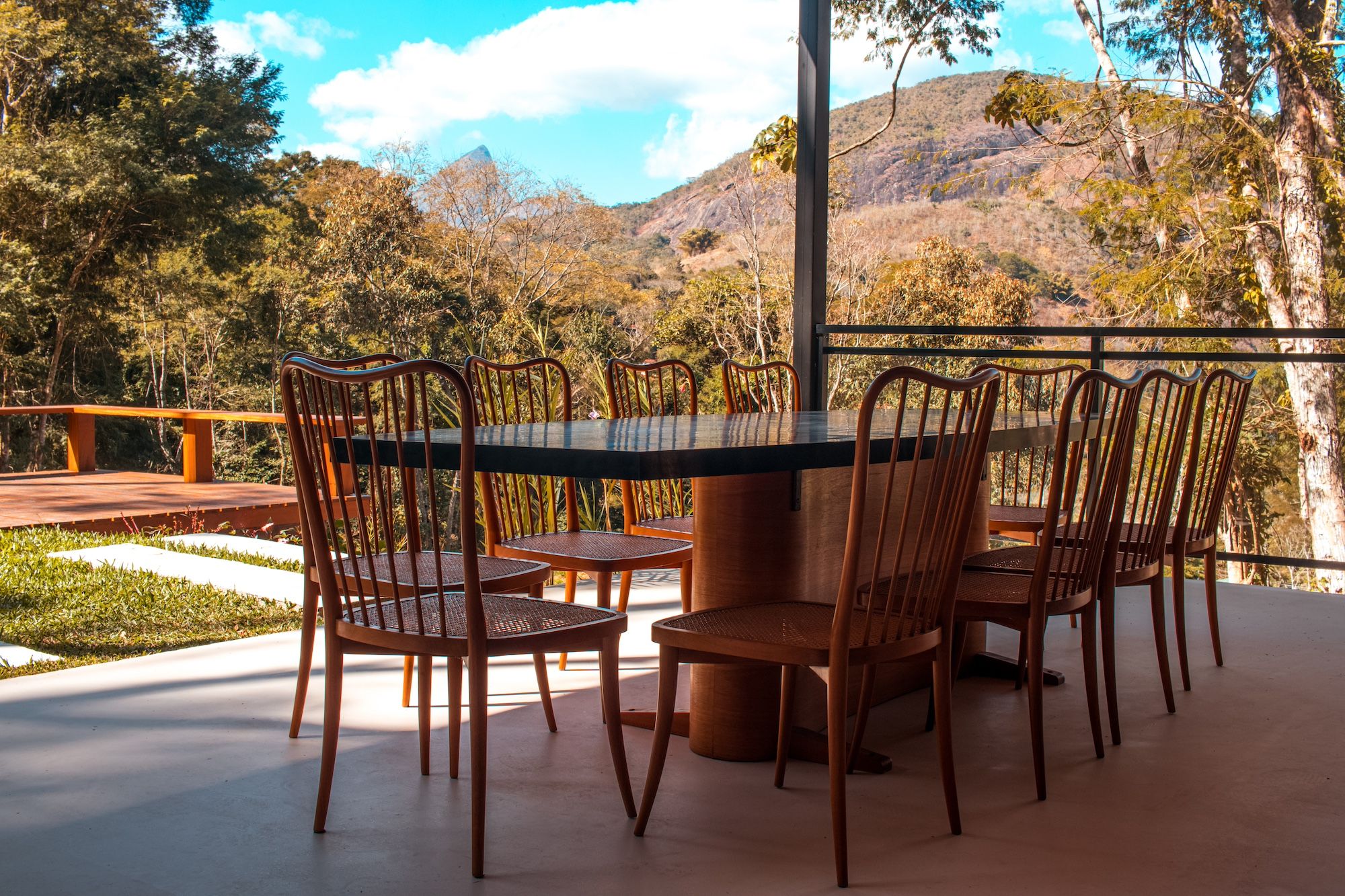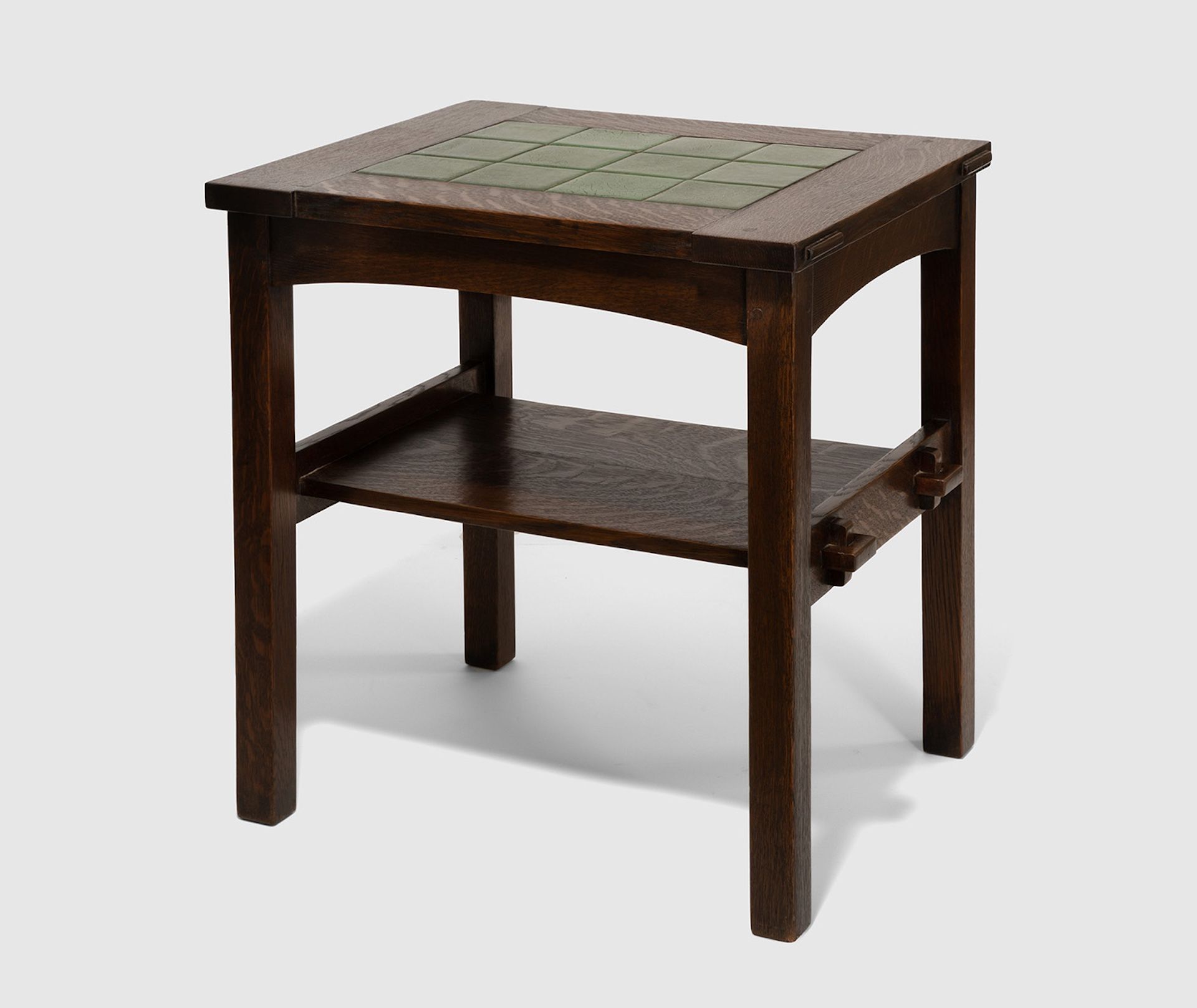DESIGN COLLECTING OCTOBER 24 2023
by Daniella Ohad
Daniella Ohad recaps her weekly conversations with experts in design collecting
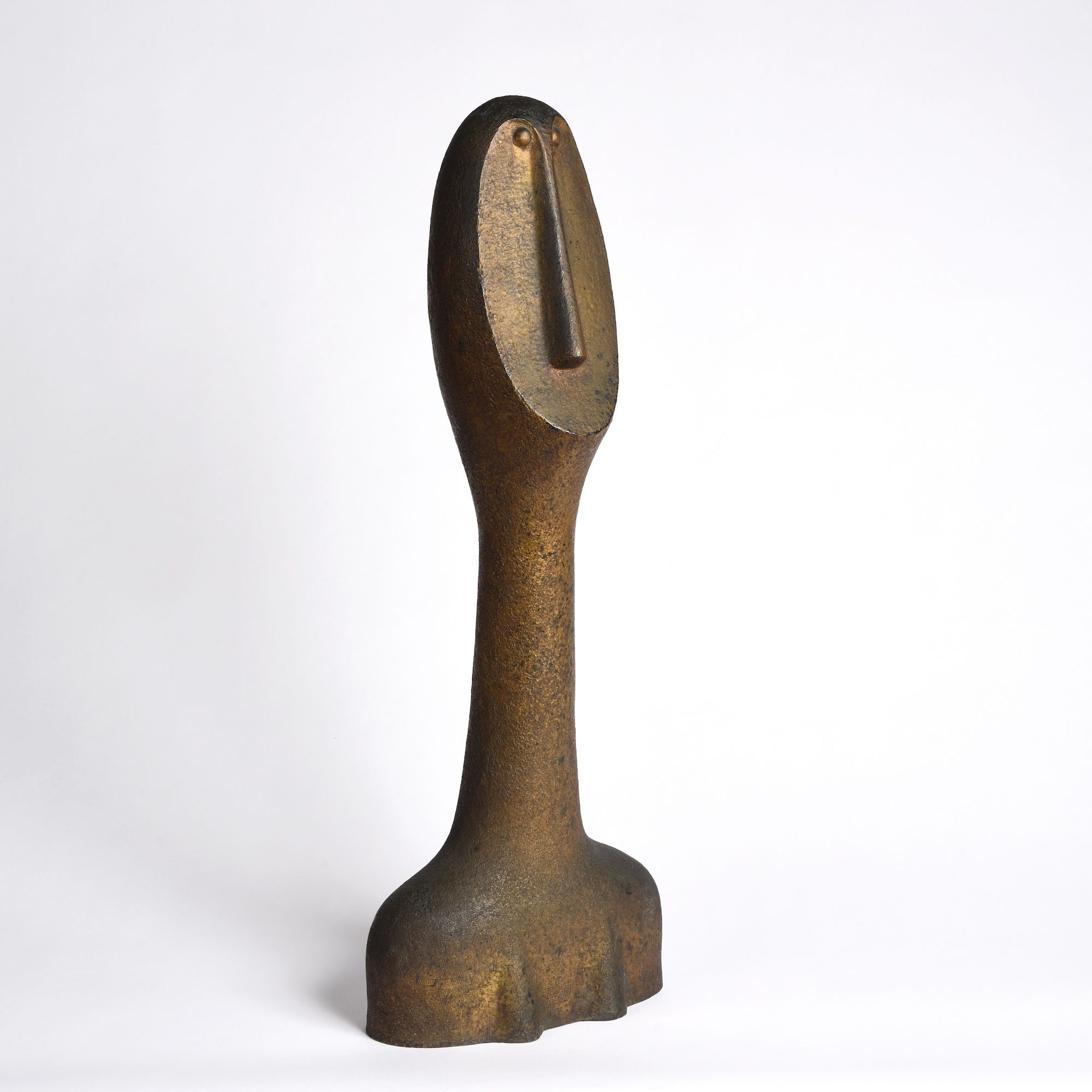
BUSTE DE FEMME BY FRANÇOIS RATY, 1967
Photo © Lebreton
Comprising one-on-one interviews with international experts, Collecting Design: History, Collections, Highlights is a Fall 2023 webinar program hosted by Daniella Ohad for Christie’s Education. For the Design Miami/ Forum, Ohad shares highlights from each conversation. This week, it’s Karim Mehanna and Alain Lebreton of Lebreton in Monaco.
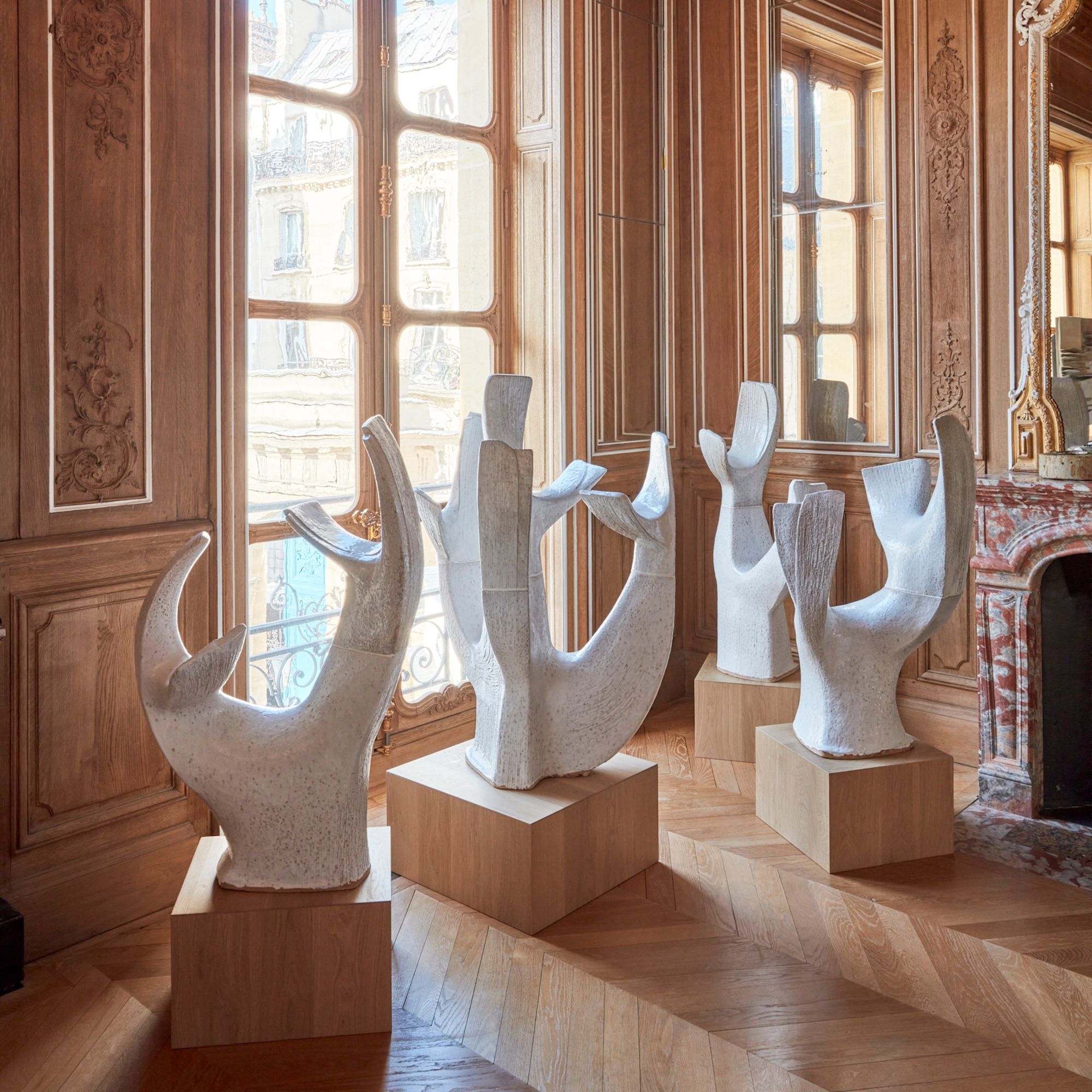
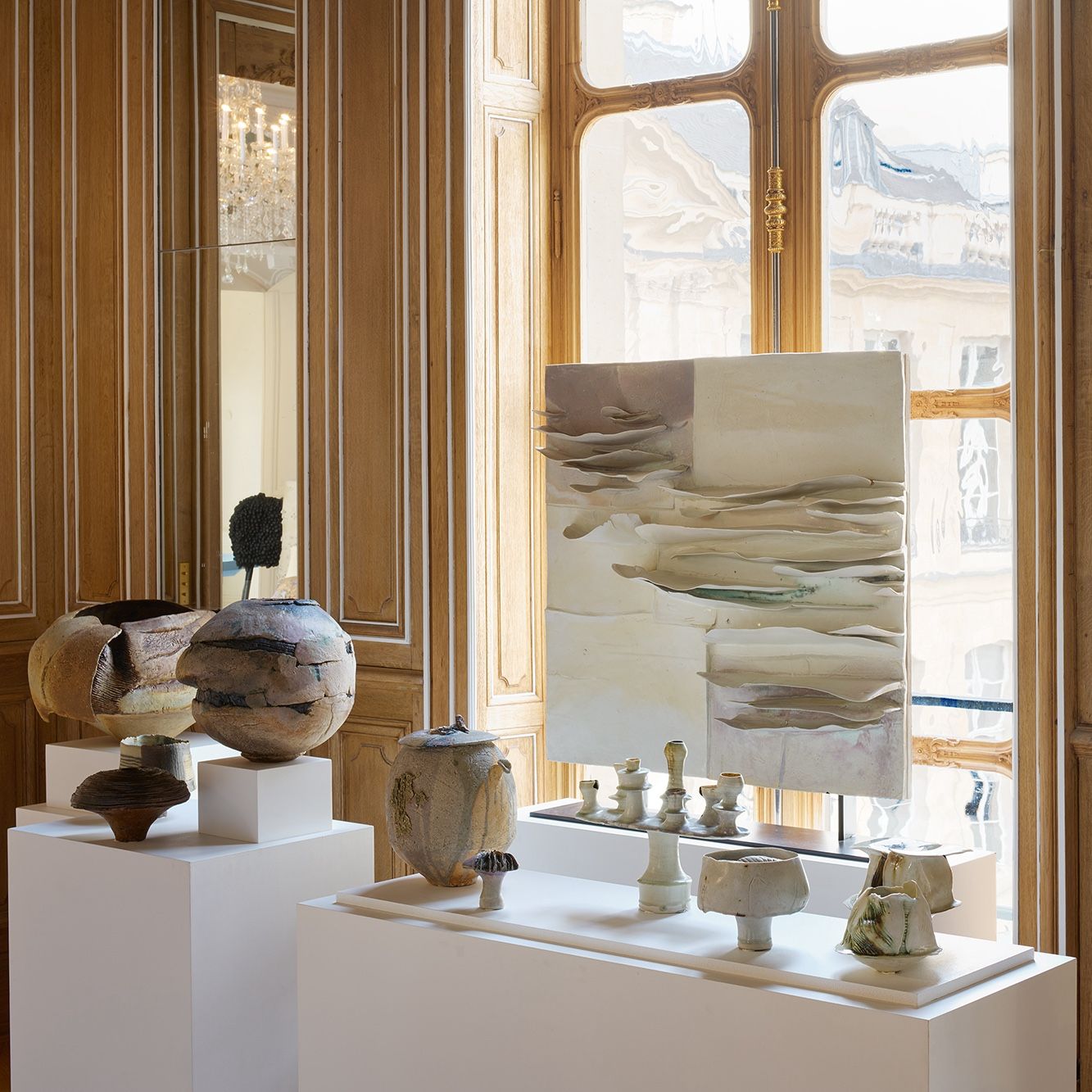
LEBRETON'S INSTALLATION AT DESIGN MIAMI/ PARIS 2023, WINNER OF THE BEST PRESENTATION AWARD
Photos © Studio Shapiro / James Harris for Design Miami
When Lebreton was honored with the the Best Presentation Award at Design Miami/ Paris last week, the Monaco-based gallery’s founders, Karim Mehanna and Alain Lebreton, partners in life and work, saw the moment as a gratifying culmination of their two-decades-long dedication to resurfacing, researching, and promoting postwar French pottery. The award also served as a reminder that modern and contemporary ceramics—especially those produced in France in the postwar era—have reached unprecedented heights of appreciation, both in the cultural discourse and the marketplace.
As recent guests of my Collecting Design: History, Collections, Highlights program, Mehanna and Lebreton explained that the renaissance their field is enjoying has been fueled by a growing recognition that ceramics should be understood as fine art rather than utilitarian domestic objects. This evolving perception is particularly apt for the work created by the 20th-century ceramics artists that Mehanna and Lebreton love most and represent in their gallery—including earthenware and stoneware masters Jean Derval, Ruth Duckworth, André Borderie, Pierre & Véra Székely, and Suzanne Ramié, among others—because they were directly influenced by Cubism and other abstract art movements.
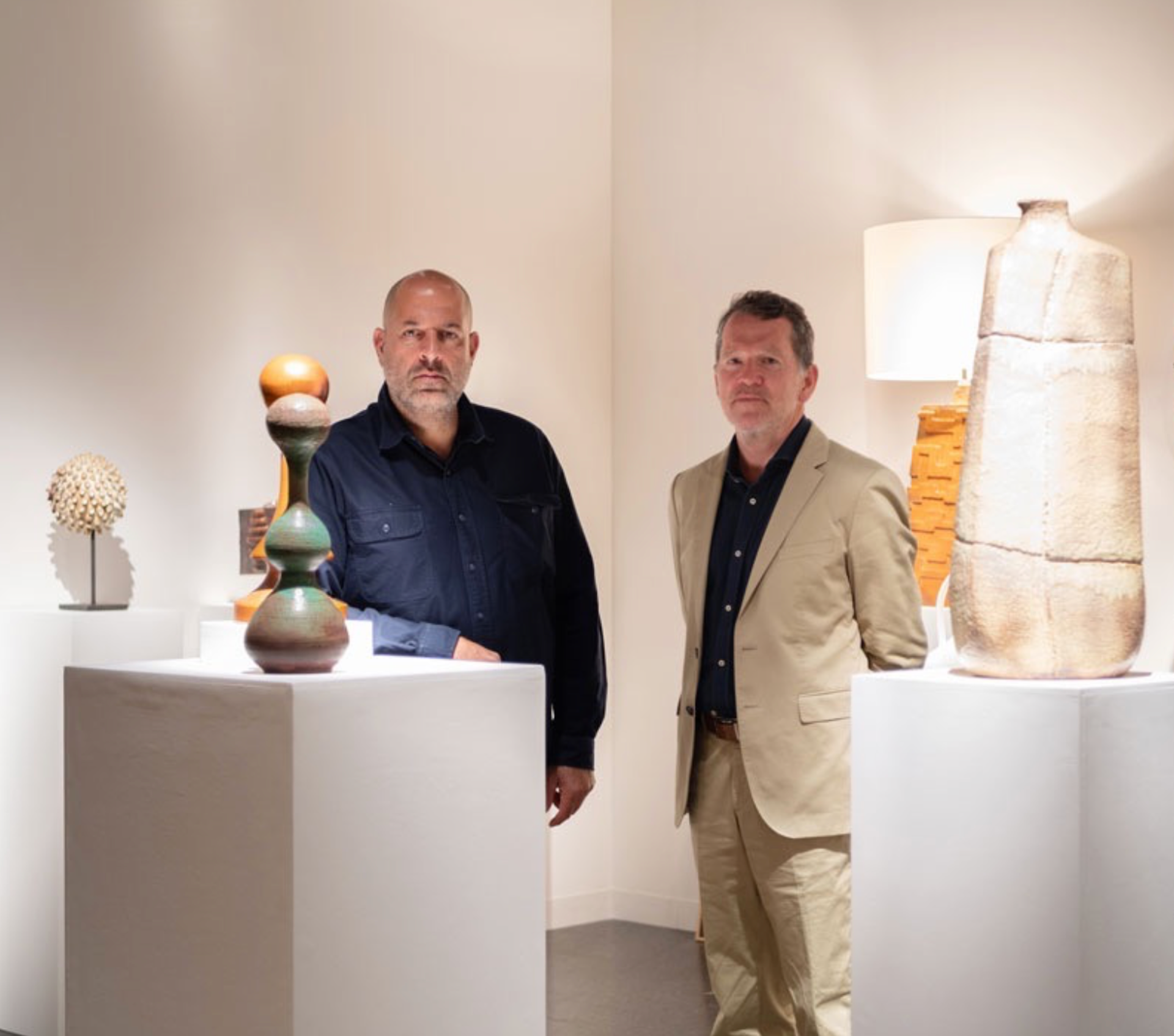
KARIM MEHANNA AND ALAIN LEBRETON OF LEBRETON GALLERY IN MONACO
Photo © World Red Eye for Design Miami
Today, high-profile collectors, curators, and interior designers exhibit a growing enthusiasm for the French art of clay. Just peruse the recent interiors projects of tastemaking heavyweights like Jacques Grange, Peter Marino, Olivier Dwek, Julie Hillman, Luis Laplace, and Sandra Weingort for evidence. But this was hardly the case when Mehanna and Lebreton opened their ceramics-focused gallery in 2000, first in San Francisco and then in Monaco. The duo told us that the pottery hubs that flourished in the South of France in the mid-century ceased production in the 1980s, thanks to a lack of interest that persisted well into the 21st century. The value of this special body of ceramic work has increased by 1,000% over the last decade, Mehanna and Lebreton noted, and examples are getting harder and harder to find.
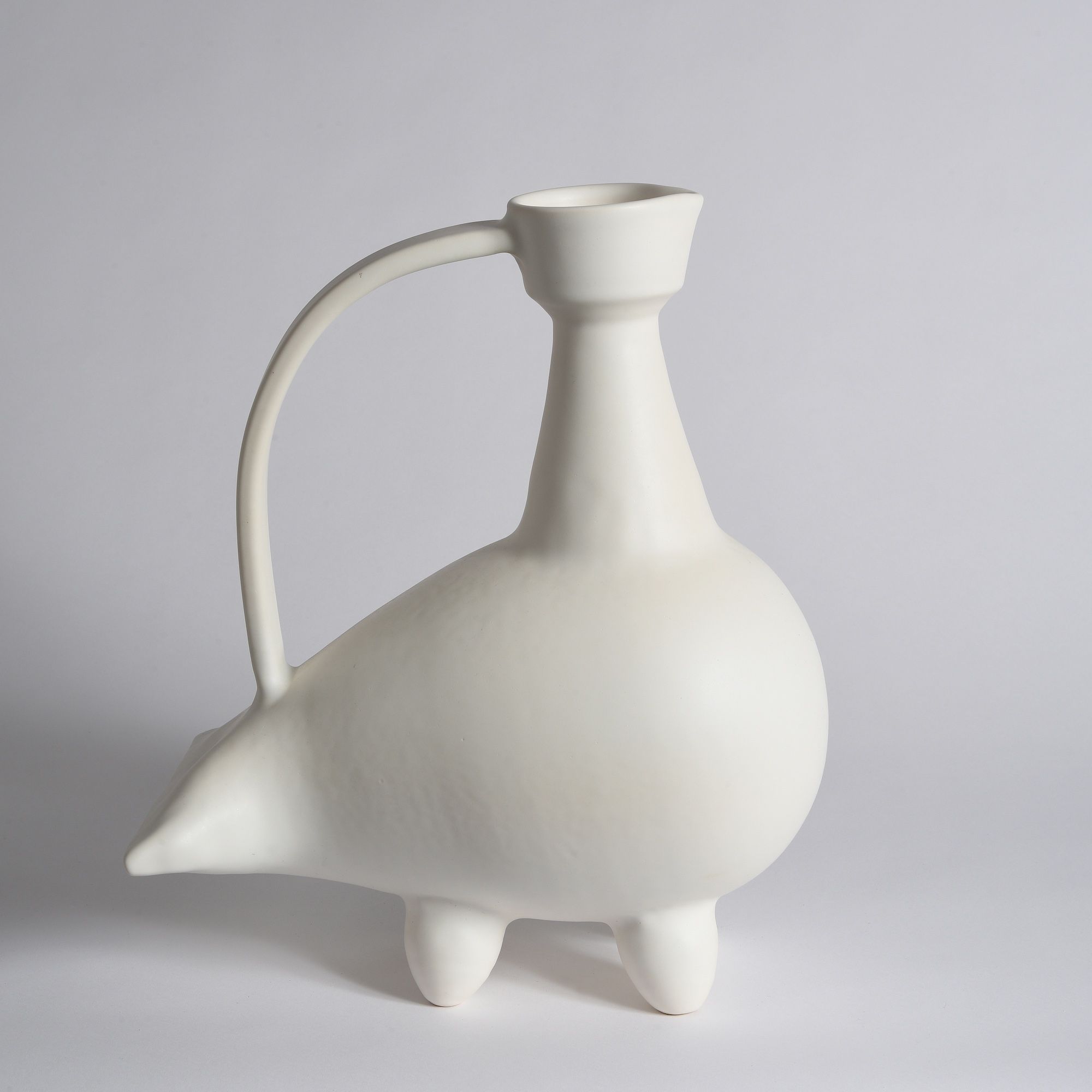
MADOURA TARASQUE BY SUZANNE RAMIÉ, C. 1950
Photo © Lebreton
Long-time residents of Provence, Mehanna and Lebreton bring a strong French identity to everything they do. Lebreton grew up in Brittany and moved to the South of France decades ago; Mahanna was born in Lebanon and grew up near the southern border of France in Monaco, where the two met around the turn of the millennium. Their connoisseurship of 20th-century French ceramics first developed through regular visits to flea markets and secondhand shops in the Provençal region, when examples were easily found. Now the majority of the duo’s holdings come from regional collectors and the artists’ family—relationships that Mehanna and Lebreton have been cultivating for years. Our conversation centered around one of the duo’s main areas of specialization: ceramic vessels and sculptures from Vallauris that were produced amid the Provençal pottery town’s creative boom in the postwar era.
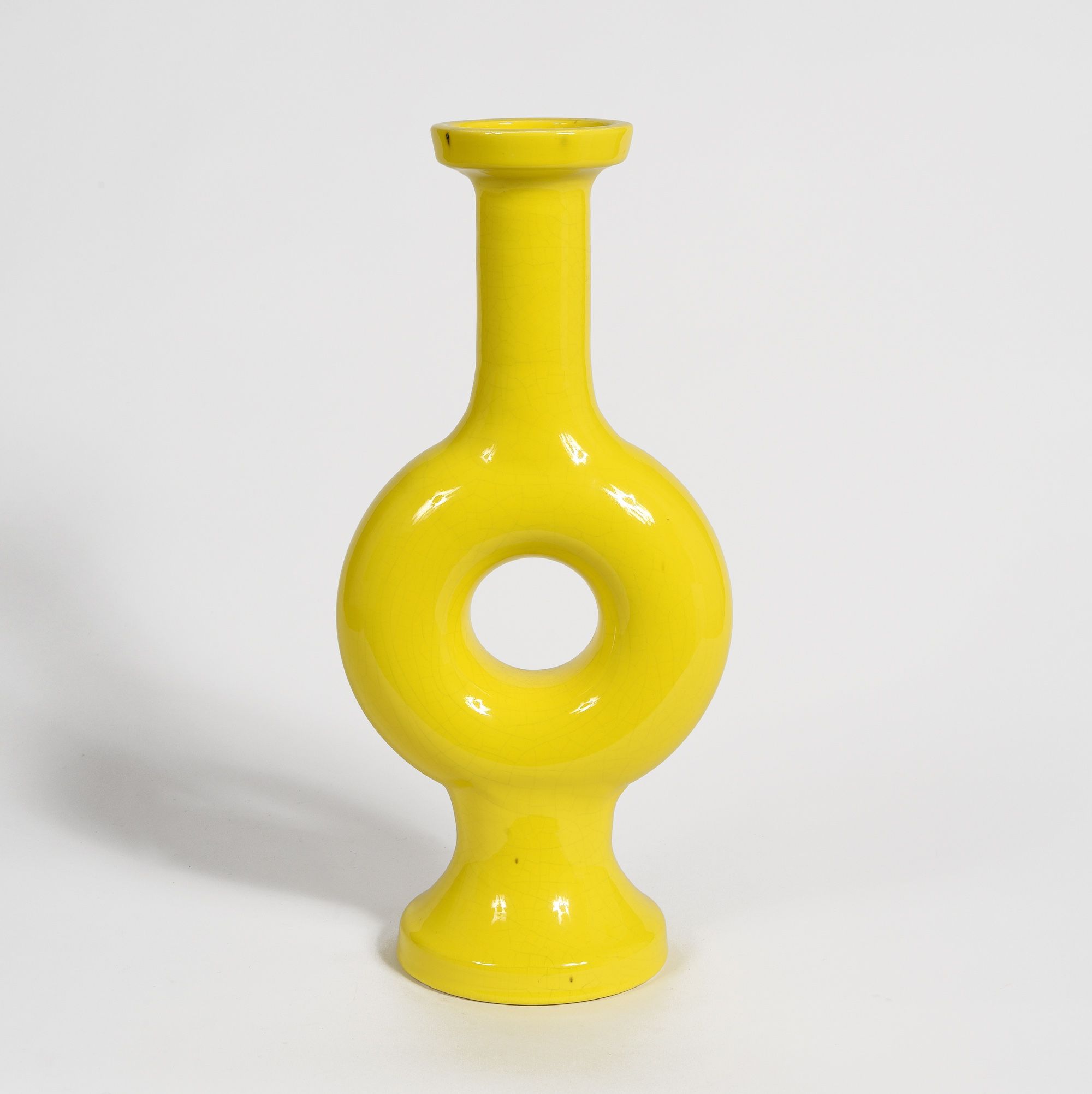

WORKS BY SUZANNE RAMIÉ: VASE ANNULAIRE JAUNE, C. 1955, AND MADOURA VASE À OREILLES NOIR, C.1955
Photos © Lebreton
The Golden Age of Vallauris pottery production dawned in 1938 when ceramic artist Suzanne Ramié (1907-1974) arrived together with her husband Georges (1901-1976) and established Madoura—a name that combines the initial letters of “maison,” “Douly” (Suzanne’s maiden name), and “Ramié.” Their burgeoning pottery atelier soon attracted a dynamic community of talented artists, who rented studio space and kiln time from the Ramiés and along the way contributed to one of the most notable movements in the history of French modernist ceramics.
While Madoura Studio became a prolific, influential hub of pottery production through the 1960s, it is the work Suzanne Ramié—beautiful, clean-lined earthenware vessels glazed in colorful enamels and fired only once—that contemporary connoisseurs deem the ultimate expression of French postwar clay art. Informed by her drawing and decoration studies at the École National des Beaux-Arts de Lyon and her research into ancient ceramics at Musée de Sèvres, Suzanne applied a scholarly approach to her work, recognizing that ceramics are a serious art form and a rich expression of contemporary culture. Committed to honoring local traditions, she used the same clay that regional artisans had used for centuries and favored forms that referenced the local vernacular.
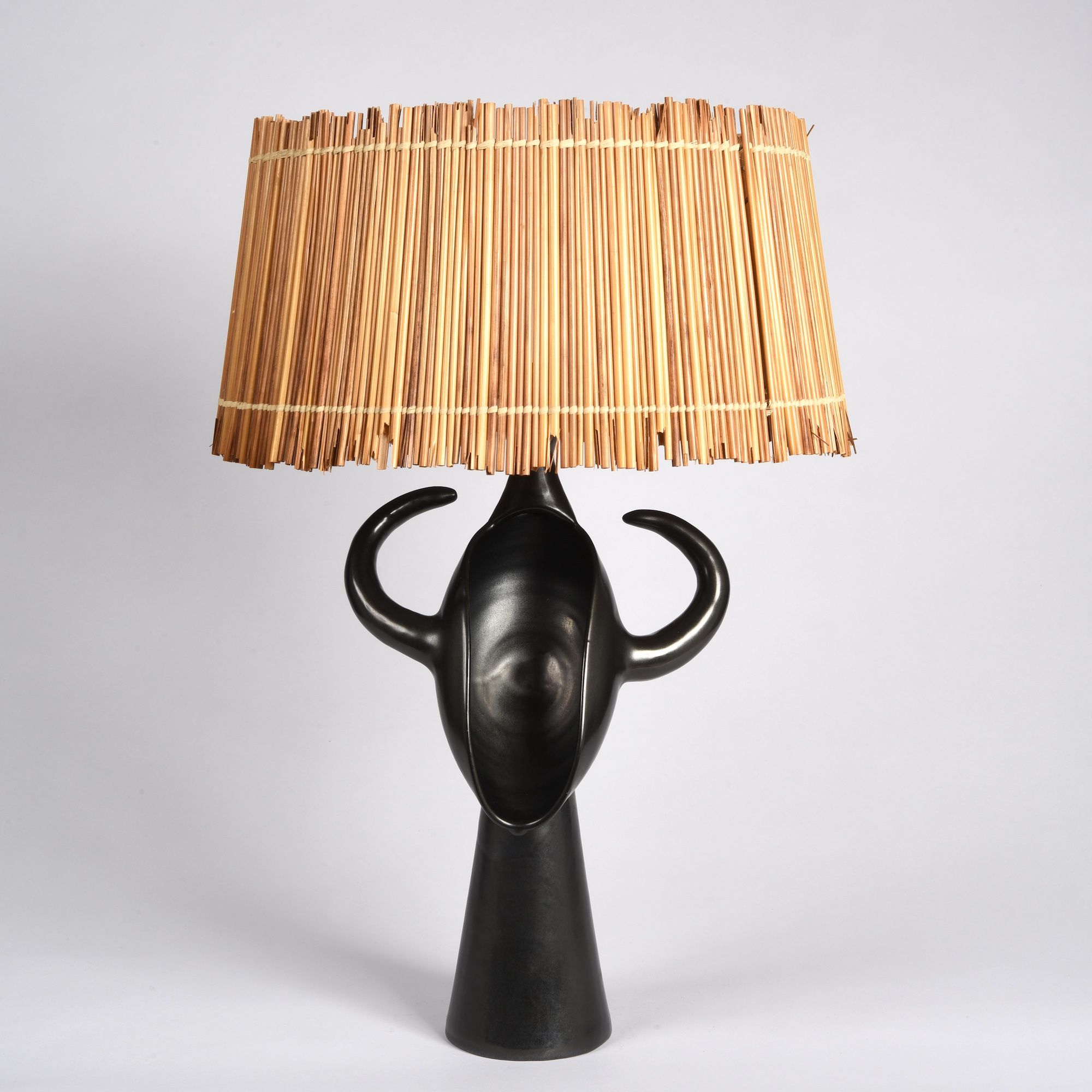
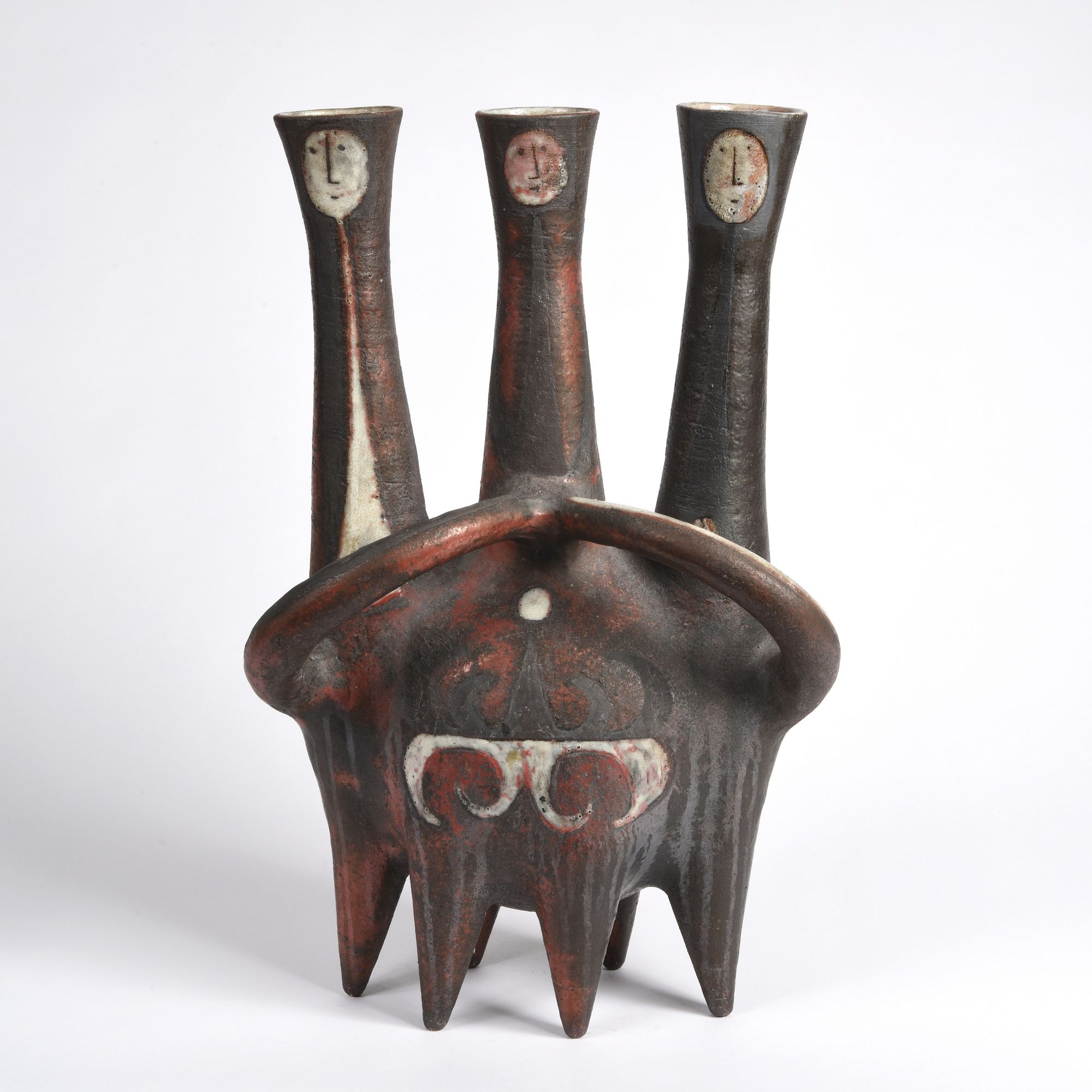
LAMPE TAUREAU BY ROGER CAPRON, C. 1953, AND VASE ANTROPOMORPHE BY JEAN DERVAL, C. 1950
Photos © Lebreton
Born in Lyon, Suzanne apprenticed at a local textile workshop upon completion of her art studies. After meeting Georges, the couple moved to the French Riviera in 1936, where she took a position at an advertising agency in Cannes. When she discovered the pottery town of Vallauris in decline, she envisioned a new path and soon after established Madoura in an old stone building outfitted with a traditional wood-burning kiln. There the Ramiés began to work in tandem, Suzanne sculpting the ceramics and Georges overseeing the firing. The wood burning process resulted in uneven glazing that made every piece one of a kind. It didn’t take long for the town of Vallauris to come back to life.
The mid-century revival of Vallauris pottery production would not have succeeded to such a far-reaching degree without the contributions of Pablo Picasso. On a trip to the French Riviera, the legendary 66-year-old artist chanced upon Madoura and was charmed by Ramiés’ practice. Though he lacked experience with the medium, he moved to Vallauris along with his partner, artist Françoise Gilot, and their two children and began to experiment with clay at Madoura. Between 1948 and 1955, he created a series of iconic ceramics, including approximately 3,600 different patterns applied mainly to vessel and plate forms originated by Suzanne. In response to Picasso’s request, the Ramiés introduced an electric kiln to their workshop. Picasso’s presence transformed Vallauris into a thriving art colony, and his collaboration with Suzanne proved mutually beneficial; he shared fresh artistic ideas, and she taught him clay techniques like dry clay molds, painting, engraving.
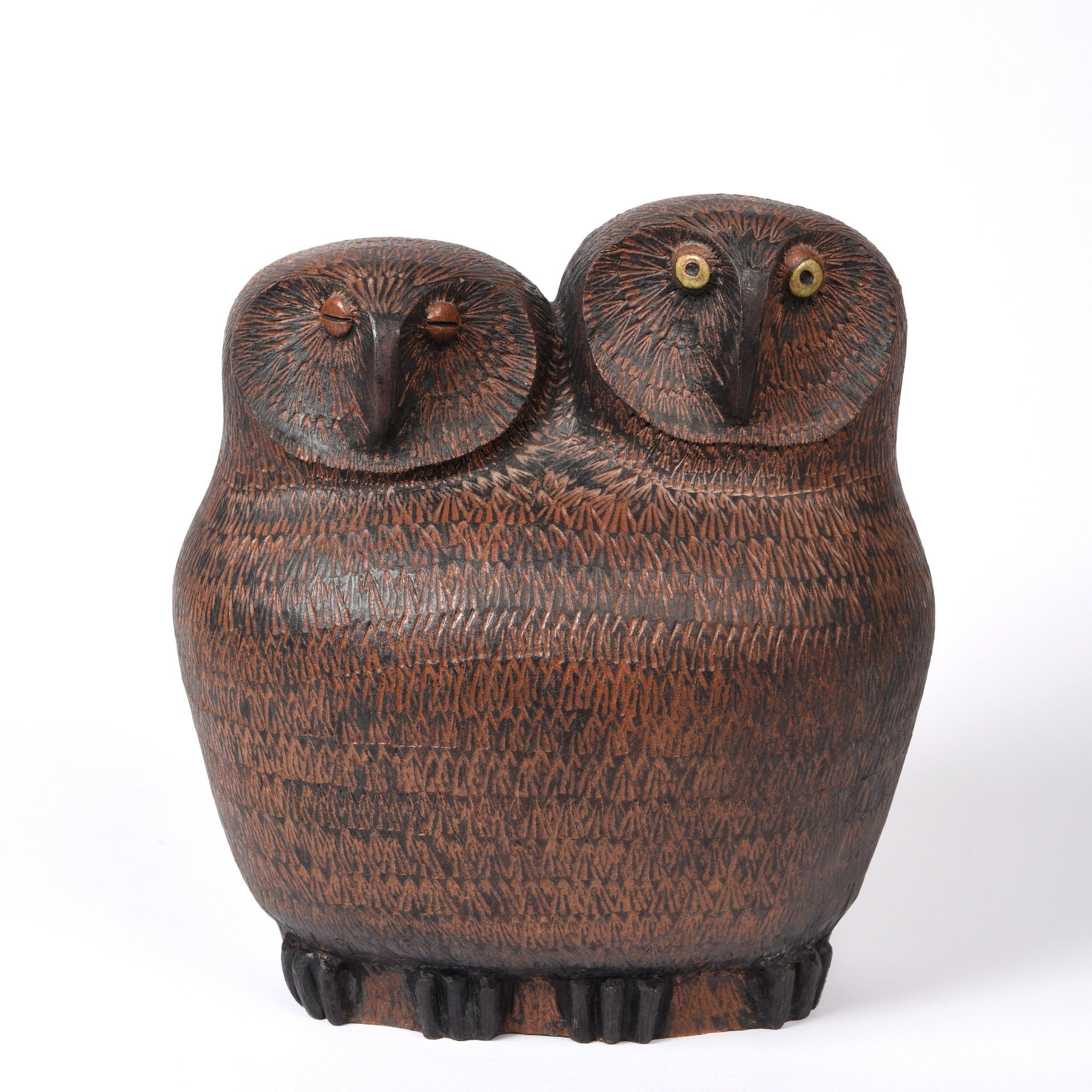
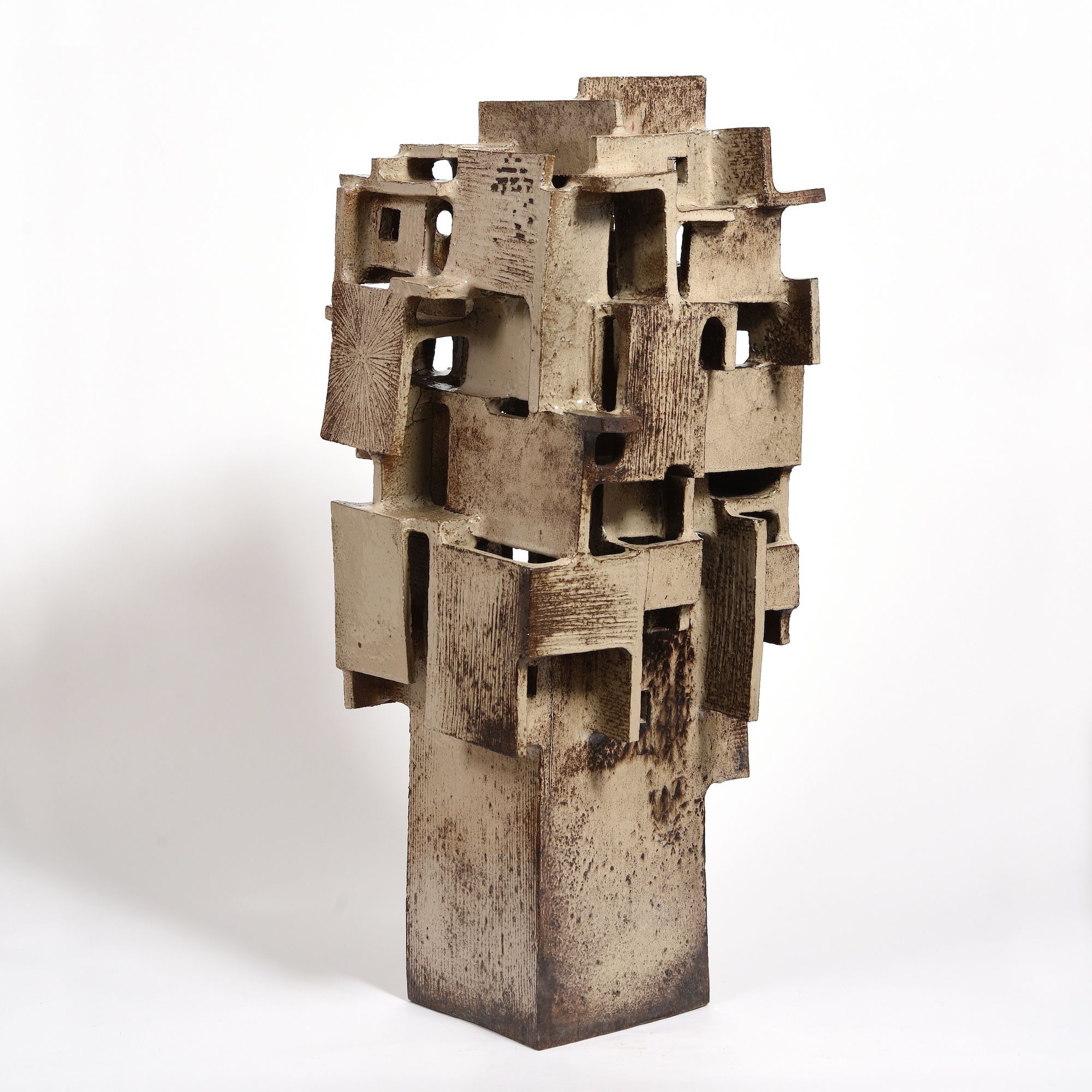
DEUX CHOUETTES BY FRANÇOIS RATY, 1958, AND LAMPE ARCHITECTURÉE BY JEAN DERVAL, C. 1970
Photos © Lebreton
Mehanna and Lebreton discussed two additional ceramic artists active in Vallauris in the postwar era: François Raty (1928-1982) and Jean Derval (1925-2010). Raty specialized in stylized, abstract animal sculptures that were labor-intensive, often taking months to complete. His signature was adding painted details to the surfaces after firing. Derval trained in graphic design at the Ecole des Arts Appliqués and worked for Christofle before discovering his affinity for clay. In 1947, he joined his two friends, Robert Picault and Roger Capron, in Vallauris, where the three established a shared workshop. Soon after though, he left to work at Madoura, and then went on to found his own studio called Le Portail. He became known for both abstract and figurative clay sculptures, favoring one-off rather than serial productions. Picasso called him the “technician” because he had a talent for crafting impressive volumes. To ensure his forms were fully resolved, Derval would sketch for weeks before putting his hands to clay.
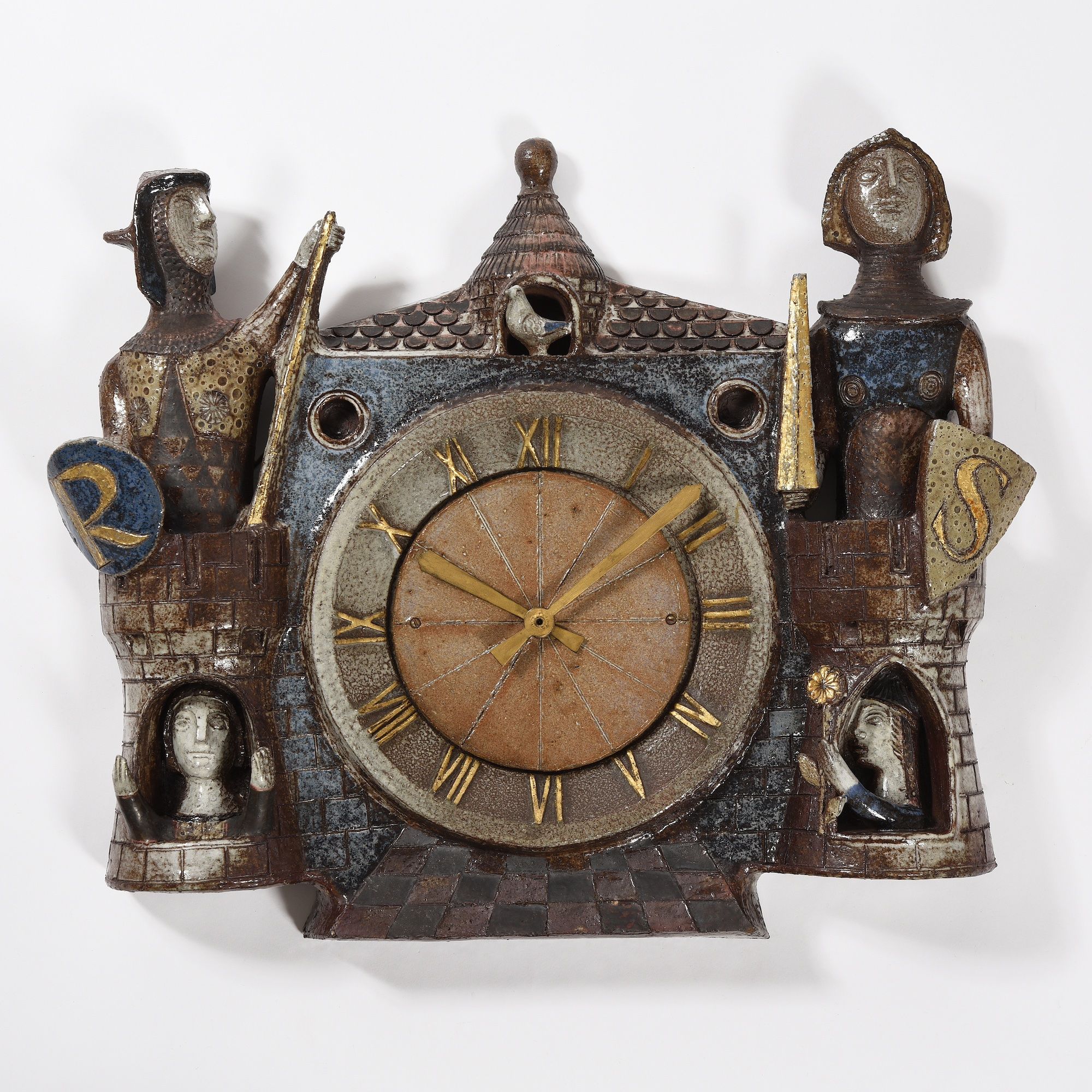
PENDULE ROYAL SAVOY BY JEAN DERVAL, C. 1960
Photo © Lebreton
I find the architectural ceramics that Derval created in the 60s and 70s to be exceptionally compelling, such as the monumental ceramic clocks commissioned circa 1960 for the Royal Savoy Hotel in Lausanne. When the hotel auctioned off the clocks a few years back, Mehanna and Lebreton acquired all six and exhibited them at Design Miami/ Basel 2021.
Like all of the best dealers, Lebreton and Mehanna are true connoisseurs, driven by a passion to discover the forgotten and bring unique histories to light. For this duo, postwar French ceramics captured their imagination. They worked diligently over many years to learn everything about their chosen subject, digging into archives and building the skills needed to authenticate pieces, even those that are unsigned. They appreciated the value when few others did, and now the market has caught up with them at last.
To watch Ohad’s Collecting Design: History, Collections, Highlights webinar program live, register here.

